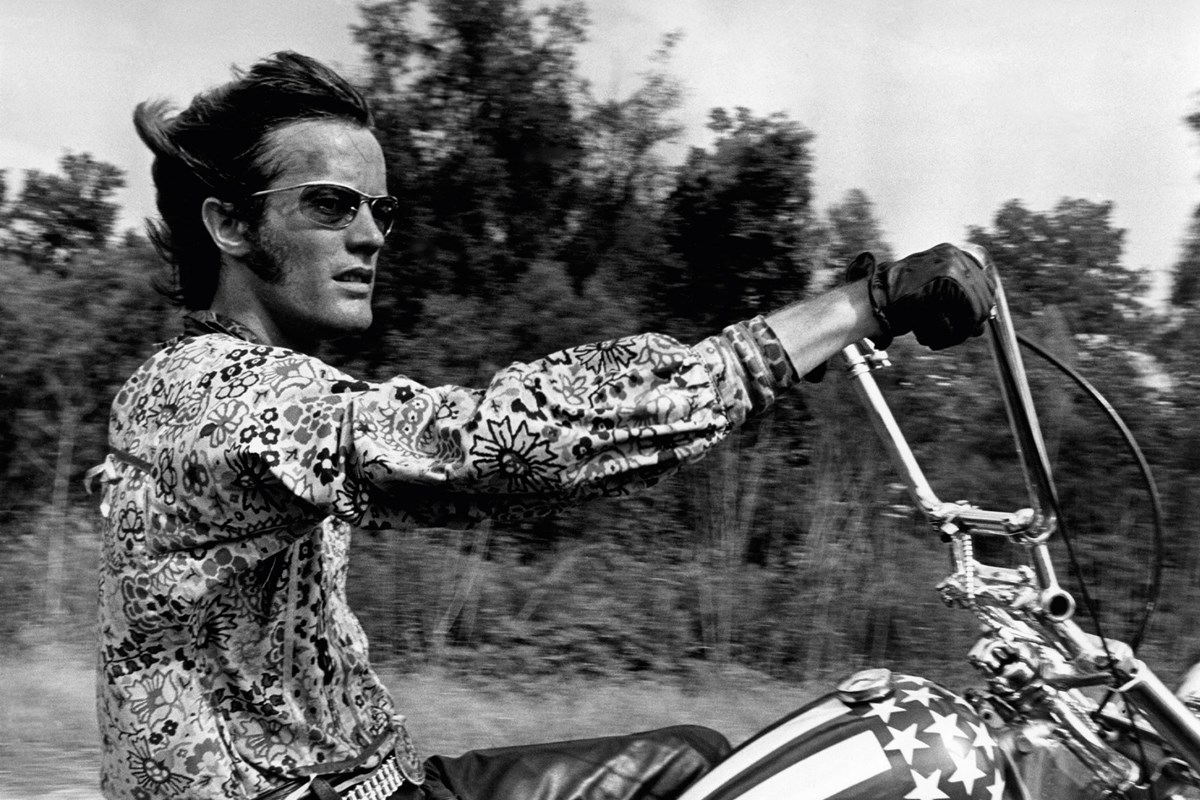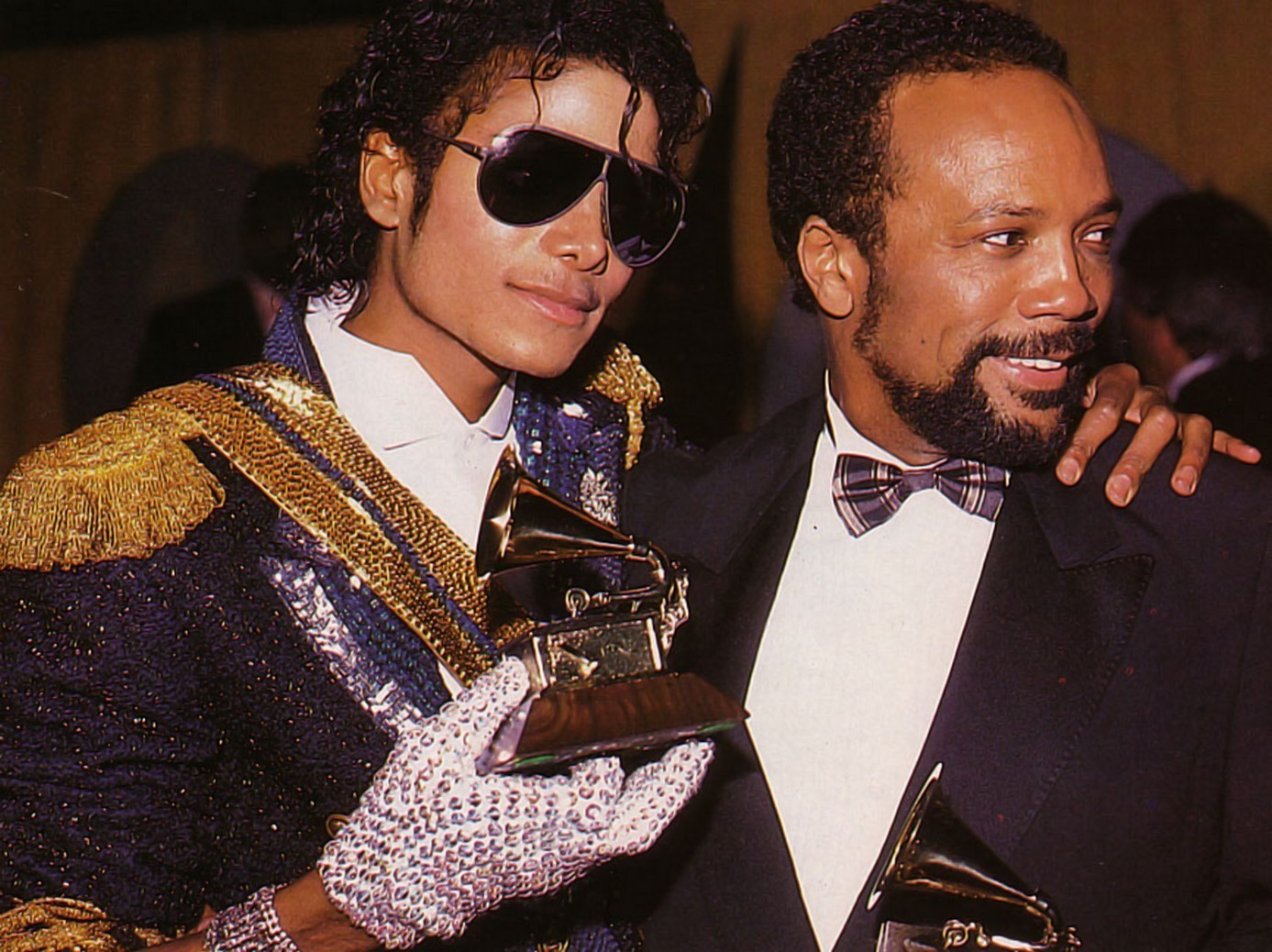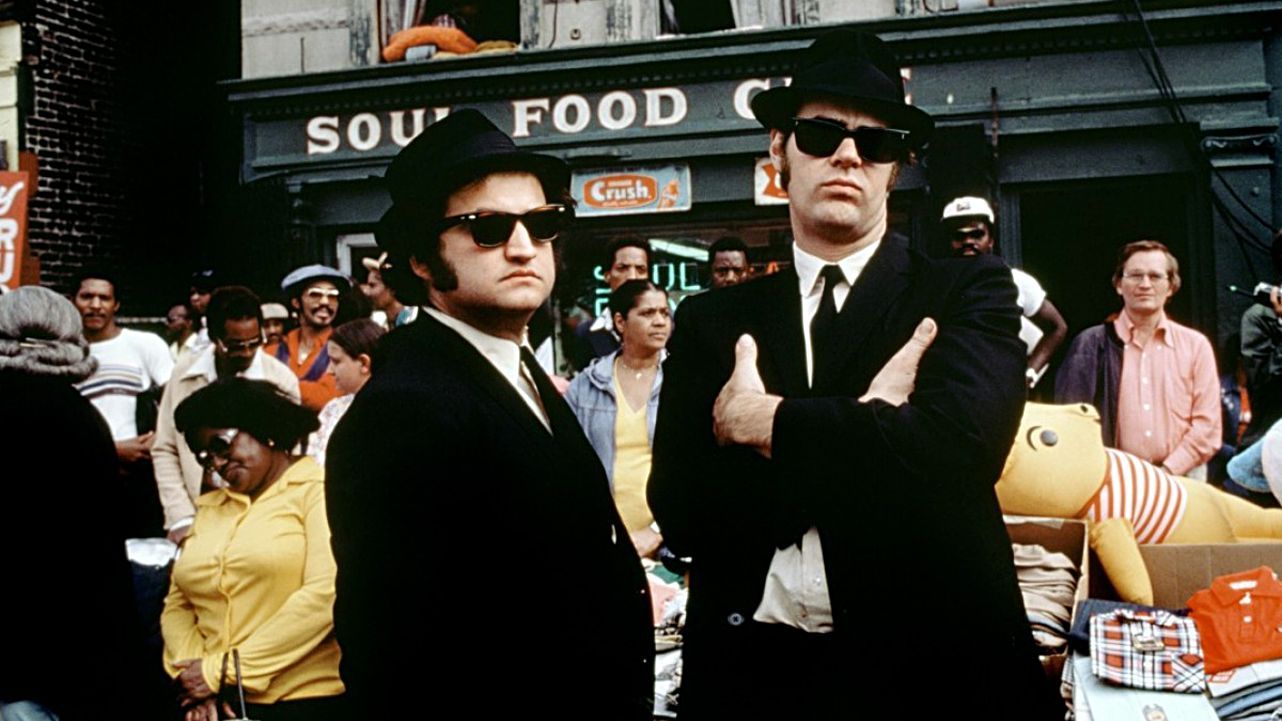Introducing: Ray Ban


When you think about some of the most iconic eyepieces worn on an international scale over the course of the past century, one brand’s name will keep popping up time after time.
The Ray Ban brand name was patented in 1937, which is largely considered as the true birth year of the company. 8 years prior to the official changeover to that moniker (under the company name of Bausch & Lomb), an open commission by the United States Air Force required a set of sunglasses to be created that could withstand the demands of a fighter pilot. The harsh glare of the sun when up in the air was continually striking pilots down with headaches and sickness, so something needed to shield their eyes and protect them from constant illness. The winning design was the Aviator AN6531, using a type of green tinged lens which massively reduced the issue of glare, without obscuring vision. 8 years later a consumer version under the Ray Ban brand name found a release to the civilian market, and the popularity of the brand began to take off, so to speak.


The late 1930’s saw an expansion to the range, releasing popular models like the Shooter and Outdoorsman, suited to those who favoured life in the outdoors and wanted equipment that was fit for purpose.
Ray Bans requirement by the US Air Force came into play once again at the time of the second world war in 1939. Research and development into improving the gear used by fighter pilots resulted in Ray Ban developing a gradient, mirror treatment across the protective lens, which counteracted the glare across the top half, but left the bottom half slightly untreated so control panels in the plane were still easily accessible to the eyes.
While the brands importance was still a key feature in the military world, the civilian popularity had increased into to celebrity realms. Ray Ban would go on to outfit some of the biggest cultural icons across the entire spectrum of entertainment. The introduction of the Wayfarer in 1952 set the benchmark for a more fashion orientated look, and has since become one of the most recognisable shapes in the archive. James Dean was one of the early endorsers of the style, donning them in his famed movie ‘Rebel Without A Cause’.

The increasing cult status of Ray Ban has continued ever since across each of the succeeding decades up to the present day. The 60’s saw Peter Fonda wear the Olympian in one of his best known roles in ‘Easy Rider’, as well as astronauts Charles Conrad and Gordon Cooper wearing matching aviators upon their return from orbiting the earth. The 70’s brought about the concept of Disco and the introduction of the Vagabond and Stateside models which perfectly fitted in with the retro aesthetic of the vibrant era.


Musicians were another big category of influencer who selected Ray Ban as their go-to choice. Michael Jackson arrived at the 1984 Grammy’s to scoop 8 awards, the whole time wearing a pair of dark lensed Ray Ban Aviator to accompany his bejeweled single glove.



Developments over the years have seen massive improvements to the quality of both the frame construction and materials and the lens, but the classic look of a Wayfarer, Aviator, or Clubmaster has been retained all the way up to the present day.
Keep an eye on our social channels to keep up to date on the arrival of Ray Ban sunglasses in the coming weeks.







